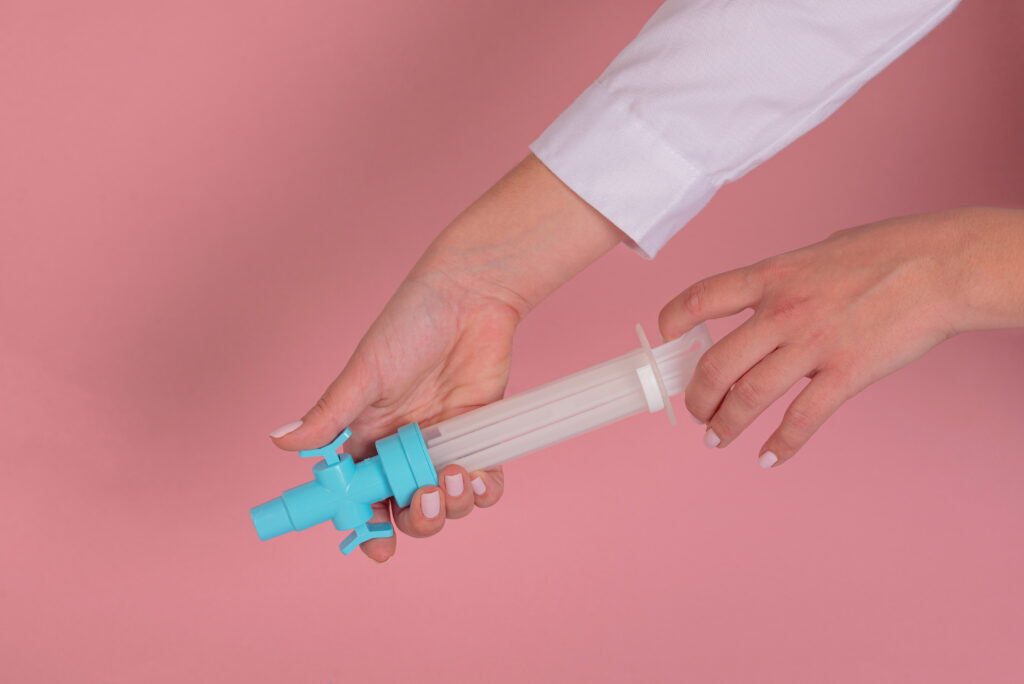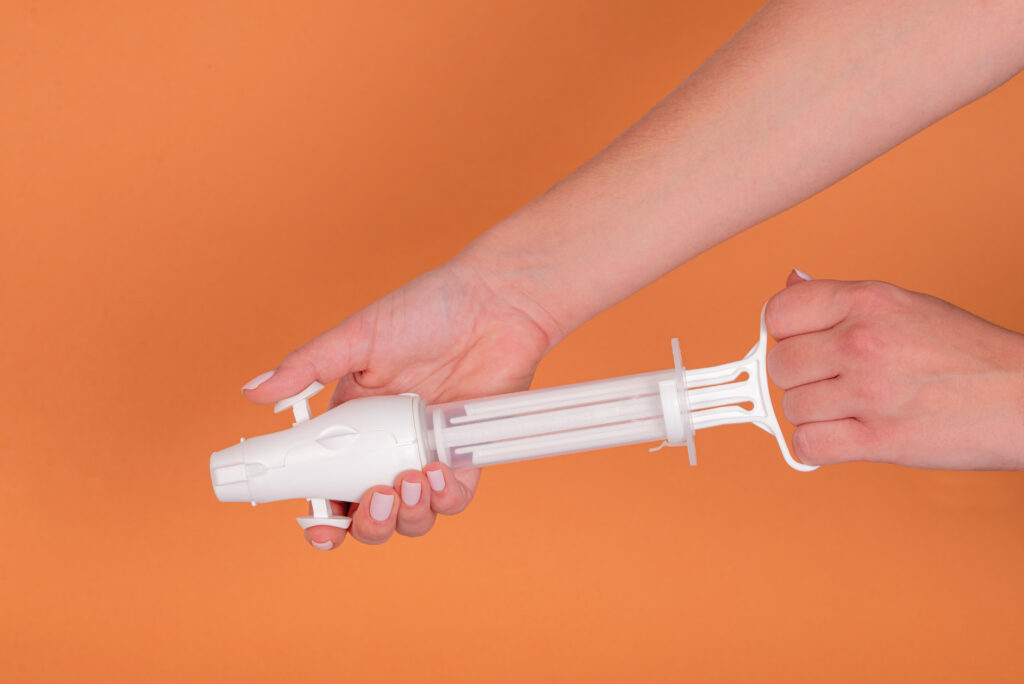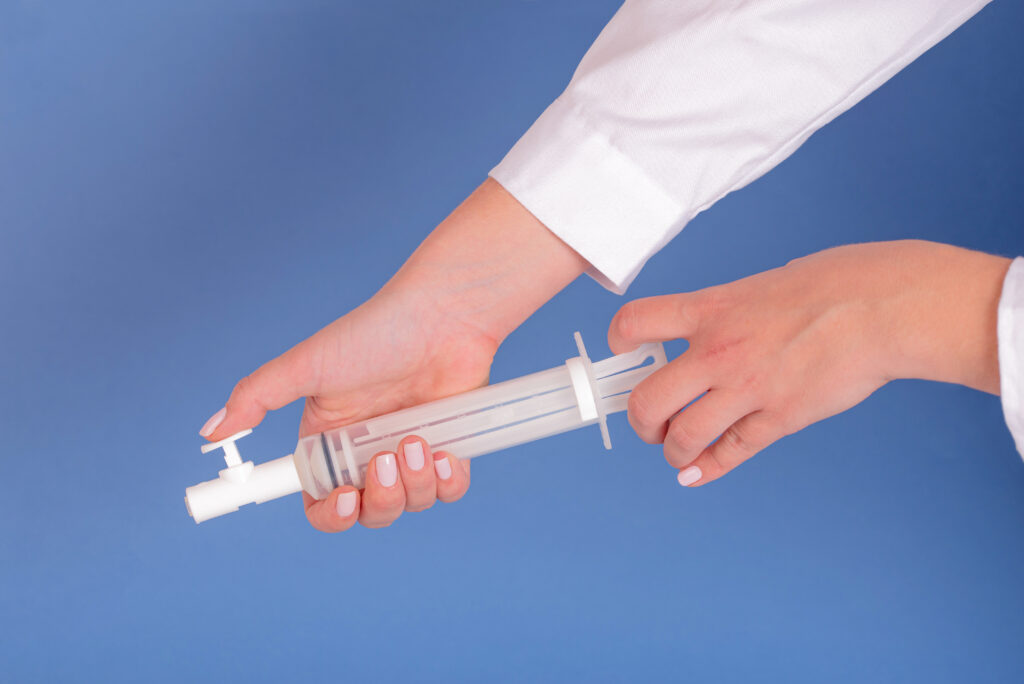Manual Vacuum Aspiration


What is Manual Vacuum Aspiration (MVA)?
- Manual Vacuum Aspiration (MVA) is a procedure in which a healthcare provider uses a handheld device (an aspirator) to remove the contents from the uterus. The World Health Organization recognizes MVA as a critical method for providing a safe abortion.
What are the advantages of MVA?
- It is extremely (>98%) effective.
- It is a short procedure with a quick recovery time.
- More comfortable than other surgical methods, since it can be performed under local anesthesia. The option of sedation or anesthesia can also be discussed if preferred.
How does MVA work?
- MVA uses gentle suction to empty the uterus. It can be performed with a handheld vacuum.
Who can provide MVA?
- MVA can be provided by any trained healthcare provider, including specialists, general care providers, nurses, and midwives. Vacuum aspiration, including MVA, is recommended by leading gynecological and obstetric organizations, such as the World Health Organization and FIGO (the International Federation of Gynecology and Obstetrics), for abortion care and miscarriage management.
What is the alternative to MVA?
- An alternative to MVA is aspiration with a suction machine, known as Electric Vacuum Aspiration (EVA). EVA is used in various settings but is more often performed with general anesthesia or sedation.
How is the MVA procedure performed?
- The healthcare provider should discuss methods of abortion with you so you can make an informed decision about whether to proceed with MVA or medication abortion. They will typically offer you some painkiller pills to swallow before the procedure and discuss other methods of pain control such as local anesthetic injections (paracervical blocks).
- The healthcare provider will insert a speculum into your vagina to examine and clean the cervix. They can then inject anesthetic into the cervix and surrounding tissues; this may sting initially but will numb the surrounding area. Next, the provider will insert a narrow tube through the cervix into the uterus and attach it to a suction device. This will empty the uterus. This may be uncomfortable, and most women experience mild to moderate cramping during this step of the procedure (which generally lasts 5 to 10 minutes). The cramping typically decreases once the tube is removed from the uterus.
- The healthcare provider will ask you to stay under observation for the next 30-60 minutes after the procedure and then you should be free to go back home. You do not have to be accompanied by a relative or a friend if you have had a local anesthetic, though you may want to have someone to support. Also, do not hesitate to talk with your healthcare provider if you have any questions or feel any discomfort. They can provide or recommend analgesia for pain relief.
- After the procedure, it is advised to rest quietly for the rest of the day. Depending on how you feel, you can restart your daily activities as soon as the following day. During the first two weeks, it is normal to experience irregular bleeding or spotting; we advise using pads instead of tampons. You might also experience cramps like your menstruations for several days after.
Product line – Ipas Manual Vacuum Aspirator
At DKT WomanCare, we proudly serve as the legal manufacturer of Ipas MVA Technologies, embodying our commitment to providing women with safe and reputable reproductive healthcare solutions. The Ipas line of aspirators, also recognized as manual vacuum aspirators, is specifically designed with the well-being of women in mind. These easy-to-operate, hand-held vacuums utilize suction to gently remove uterine contents through the cervix, with the cannula being sold separately. This innovative technology aligns with the recommendations of the World Health Organization (WHO) for managing various aspects of abortion, including incomplete, missed, or induced abortion.

Ipas Double-Valve Aspirator

Ipas MVA Plus® Aspirator

Ipas Single-Valve Aspirator
As the authorized manufacturers of the Ipas brand, we adhere to the highest manufacturing standards, ensuring that healthcare providers have access to reliable tools for compassionate and effective abortion care. This device serves as a valuable tool in the hands of trained healthcare professionals: the simplicity and effectiveness in the design of Ipas MVA contributes to enhancing the overall experience and safety for women seeking abortion care. As an integral part of reproductive healthcare, Ipas Manual Vacuum Aspiration empowers women by providing a reliable and acceptable option for managing different abortion scenarios, emphasizing the importance of personalized reproductive healthcare.
